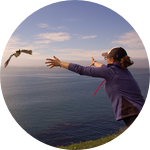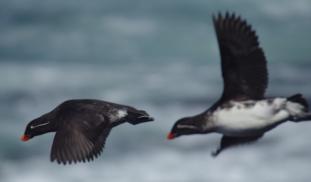Please wait...
About This Project
Plastic debris is choking our ocean ecosystems, including the Bering Sea. In this region, the seabirds and their prey mistake plastics for food, resulting in exposure to harmful plastic-associated chemicals like phthalates. We do not know the extent of phthalate exposure nor their effects on seabird health. We aim to build knowledge of phthalate exposure in Bering Sea seabirds to understand effects on reproduction, survival, and ecosystem health.
More Lab Notes From This Project

Browse Other Projects on Experiment
Related Projects
How do polar bears stay healthy on the world's worst diet?
Polar bears survive almost entirely on seal fat. Yet unlike humans who eat high-fat diets, polar bears never...
Uncovering hidden insect diversity associated with a likely undescribed gall-forming midge
Does a likely undescribed species of gall-forming midge (pers. comm. Ray Gagné) on Eriodictyon plants (Yerba...
Macrofungi of the California archipelago
The eight islands of the California Archipelago are a well-studied biodiversity hotspot — but we know almost...




